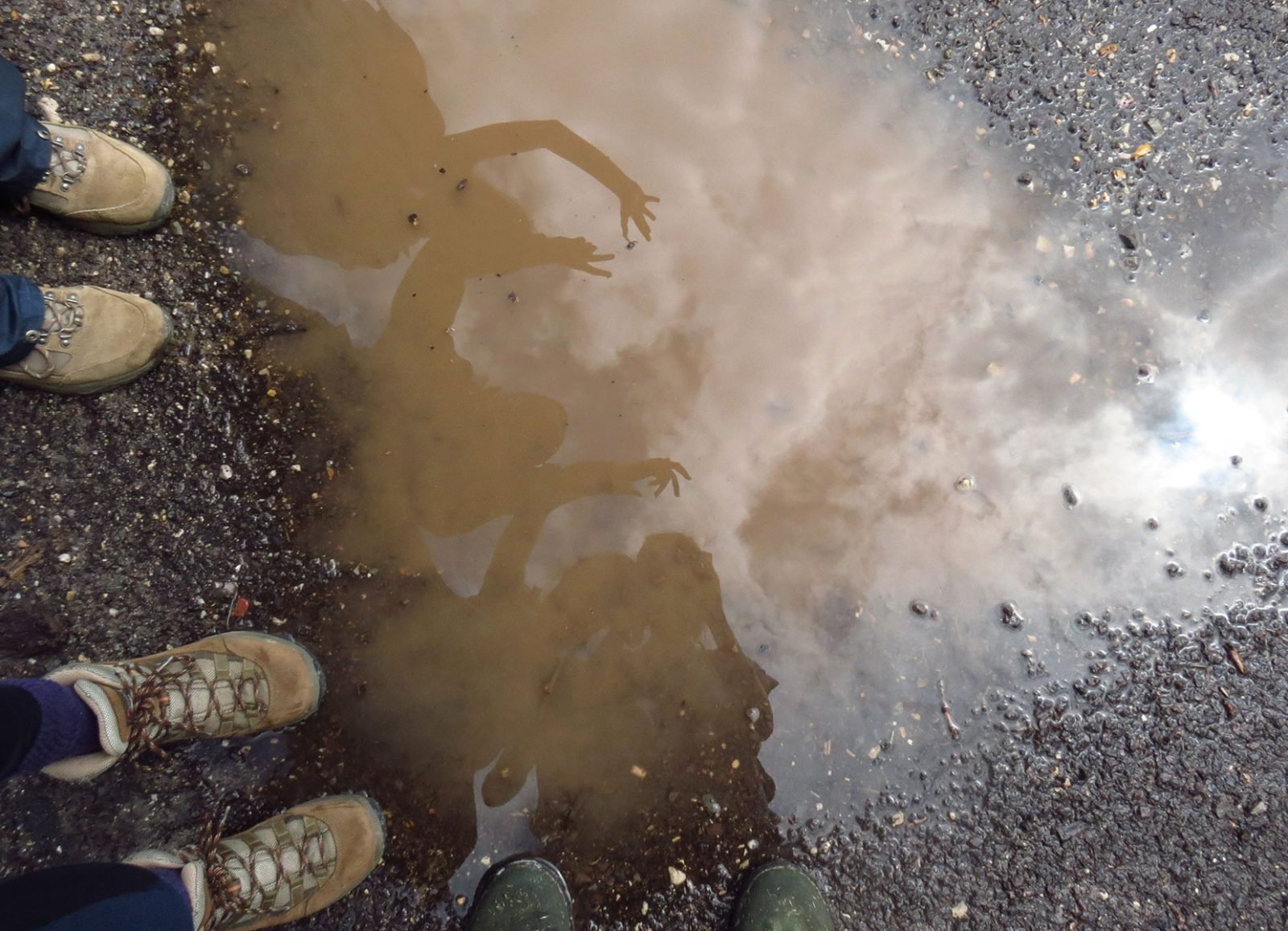Blog
28.02.2017
27 ways to save your soles

No other piece of kit affects the enjoyment of your expedition more than what you put on your feet. We’ve compiled 27 ways for you to take care of your boots, socks and feet before, during and after your expedition.
Choosing your footwear
- Getting the right material for you – leather boot are very durable and water resistant, but cost more. If your feet are still growing then synthetic boots, which are lighter and cheaper, will work well for your expedition if they don’t need to last years.
- Protect your ankles – your boots have ankle support to protect you while walking with a heavy rucksack. All DofE Recommended boots are waterproof and have high ankle support and high grip soles.
- Make it fit better – insoles can often make a boot fit much better and are a cheap addition.
- Invest in good walking socks – they will minimise blisters with their padding and moisture protection fabric. Thick sports socks are a less expensive option, but don’t wear cotton socks on expedition.
- Choose your socks first – you can then wear them when trying out walking boots to get a realistic fit.
- Try different lacing techniques – when tying the laces, it may be more comfortable to lace to the top of the boot and then come back down one level and tie the bow there. This puts the strength of the bow closer to the main boot and takes pressure off the top of the shin.
- Get the right boot for you – get a free professional boot fitting at your nearest GO Outdoors, Blacks, Millets, Ultimate Outdoors or Tiso store (Scotland only). They will help you find the right boot for your expedition and you can save at least 10% at our five Recommended Retailers.
- Before you buy, check out all the advice in the DofE Kit Guide and our walking boots and socks expedition page.
Preparing for your expedition
- Break in your boots – remember to wear your boots regularly before your expedition to break them in and get used to them. You could wear them walking to and from school, at after-school clubs and youth groups, and on practice walks.
- How many pairs of socks? Always take at least two pairs, though you may choose to bring more depending on the length of your expedition and the weather forecast.
- Keeping your socks in good condition – avoid wearing your walking socks on carpet. It acts like velcro and creates a bobbling effect.
- Are your boots suitable? Footwear must be suitable for the expedition environment and mode of travel. The final decision on what is suitable footwear rests with your Licensed Organisation or AAP Expedition Supervisor. Speak to your DofE Leader for more information.
- What to wear around the campsite? Bring a pair of flip flops or lightweight sandals/trainers to wear around the campsite. It will let you air and dry your feet, socks and boots once in camp.Take spare laces – should you need them you’ll be very glad you had them!
- Take spare laces – should you need them you’ll be very glad you had them!
Before you start
- Cut your toenails using straight scissors and check there are no bits of gravel in your boots and any rough seams are covered/smoothed.
- Take a blister kit – prevention is better than cure so put some plasters on where you have had blisters before to protect your feet from the very start of your expedition.
- Don’t like plasters? An alternative to blister plasters is zinc oxide tape, it is more cost effective and the anti-bacterial properties in the tape help prevent infections.
- Double up – wearing two pairs of socks (one pair of liners, one pair of outer socks) can significantly reduce friction in the boot and help prevent blisters.
During your expedition
- Stop at the first feeling of a ‘hot spot’ rubbing on your feet. Ask your team to stop and let you fix the problem so that you don’t struggle the rest of the way.
- Re-lace your boots, missing out a ‘hot spot’ area. Wrap the laces over each other three times before and after the missed area to keep the lacing secure.
- Heel slipping? You can put a first aid elastic bandage over your heel to stop it slipping in the boot.
- Take a break – at lunch you can put on a different pair of liner socks, even swapping the left and right inner socks can help. Plus you can air your feet at the same time.
- Wet boots? If you get your boots wet, put scrunched up newspaper into them, right to the toes, and leave overnight. The newspaper will absorb the moisture.
- Protection in the porch – if you leave your boots in your tent porch overnight, put them in a plastic bag to protect them from dew.
After your expedition
- Clean up – when you get home, remember to fully clean your boots and let them dry naturally ready for your next expedition or walk.
- Treat your boots regularly with Nikwax waterproofing to keep your boots strong and dry.
- Always wash your socks inside out as the water reinvigorates the underfoot cushioning.
You can find more information on all your expedition kit in the DofE Expedition Kit Guide, and the full list of our recommendations in the DofE Recommended Kit List.





